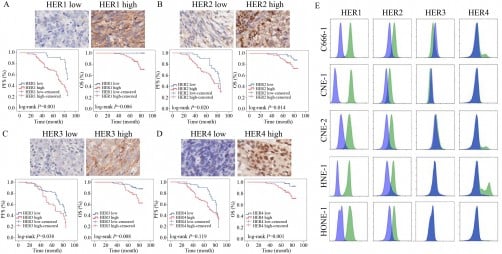Rare Genetic Mutation Linked to Brain Bleeding Affects New Mexico Children

A rare genetic mutation associated with cerebral cavernous malformations (CCM) is disproportionately affecting children in New Mexico, raising concerns among healthcare professionals and families alike. This condition can lead to severe neurological issues, including brain bleeding.
Sakura Tafoya, a young girl from Santa Fe, experienced this firsthand in 2021. While playing soccer, Sakura attempted a header, which resulted in her suddenly losing coordination, slurring her speech, and struggling to stand. Her father, Jared Tafoya, recognized the urgency of the situation and called for help. An ambulance swiftly transported Sakura to a local hospital, where scans revealed a pool of blood on one side of her brain.
Cerebral cavernous malformations are clusters of blood vessels that are prone to leaking, potentially causing a range of neurological problems, including seizures and paralysis. According to the Alliance to Cure Cavernous Malformation, approximately 1 in 500 people have at least one malformation, and around 20% of these cases are hereditary. In New Mexico, however, the prevalence of the inherited form of CCM is notably higher, particularly among individuals of Hispanic descent.
Genetic Roots of a Local Epidemic
Genealogists believe that the CCM1 variant, which is responsible for a significant number of familial cases, can be traced back to early Spanish settlers in the region. In New Mexico, the CCM1 mutation is responsible for at least 90% of all familial cases of CCM. Dr. Tarun Girotra, a neurologist at the University of New Mexico Health Sciences Center, noted, “For us, it’s not a rare disease. We see it every day.”
By the time Sakura reached Christus St. Vincent Regional Medical Center, she had already started seizing. Her mother, Kristina Tafoya, recounted the experience as surreal, describing the five days spent in intensive care as a “sleepless blur.” Medical scans revealed that a cluster of abnormal blood vessels had leaked into her brain tissue, creating significant health risks.
Dr. Leslie Morrison, a retired pediatric neurologist, explained the mechanics of CCM: “Cavernous malformations occur when capillaries with abnormally thin walls cluster together, resulting in leaky blood vessels.” These malformations can lead to serious complications, including chronic headaches, seizures, and even stroke.
The Tafoya family was not new to the implications of CCM. Jared Tafoya had previously sought medical attention for recurring headaches, which led to the discovery of multiple lesions in his brain and spinal column. This history made Sakura’s diagnosis even more poignant for the family.
Challenges in Diagnosis and Treatment
While sporadic cases of CCM are more common, the genetic form affects families with a history of neurological disorders. The CCM1 mutation leads to a 50% chance of passing the condition from parent to child. As Dr. Morrison noted, “It’s a common story in New Mexico.”
Fortunately, Sakura’s brain bleed ceased within 24 hours, allowing her to avoid surgery. Doctors prescribed anti-seizure medication and recommended ongoing monitoring through regular MRI scans. While the immediate crisis was managed, the underlying cluster of leaky capillaries remains, as there is currently no cure for CCM.
Research is ongoing, with studies funded by the National Institutes of Health exploring potential treatments. Early findings from a 15-year study revealed connections between the CCM1 mutation and vitamin D depletion, as well as the influence of gut bacteria on the severity of lesions. Dr. Morrison emphasized lifestyle changes, such as maintaining healthy blood pressure and taking vitamin D supplements, to help manage the condition.
Despite the challenges presented by living in a rural area, where access to healthcare can be difficult, the University of New Mexico’s CCM clinic is dedicated to not only finding a cure but also managing symptoms. The clinic connects patients to essential care options, though long wait times and provider shortages remain significant barriers for many families.
As Sakura continues her treatment, she enjoys a relatively normal childhood. Now in third grade, she dreams of becoming a tattoo artist, inspired by her mother’s plans to get a tattoo of Sakura’s brain as a symbol of resilience. Kristina Tafoya reflects on the delicate balance between encouraging her daughter’s activities and the ongoing fear of another brain bleed. “It’ll always be in the back of our heads: Is this another rupture?” she said.
The Tafoya family’s experience highlights the urgent need for awareness and research into CCM, especially given its prevalence in New Mexico. As healthcare providers continue to navigate the complexities of treating this condition, community support and advocacy for research funding will be crucial in improving outcomes for affected families.






